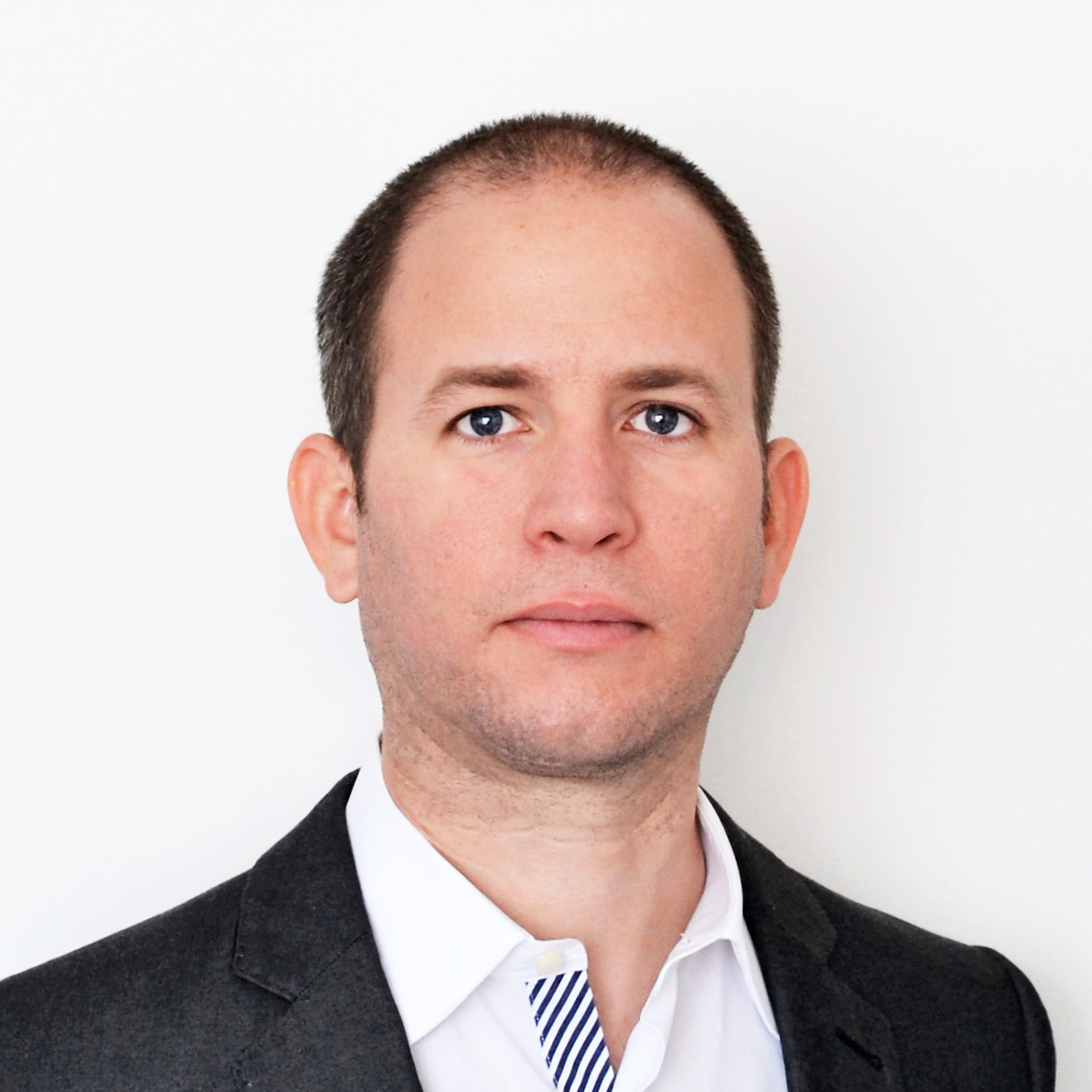
Interview with a Telecom expert: Navigating Digital Transformation with Open Standards and Agile Architecture Design

In the fast-changing world of telecommunications, experts like Axis Garcia play a crucial role in steering the industry toward digital transformation. With almost twenty years of experience, Garcia brings valuable insights into designing telecom networks that can adapt quickly and stay strong.
In our conversation with Garcia, we’ll learn about important frameworks like the TM Forum’s Open Digital Framework (ODF) and why they matter for telecom companies. Join us as we explore how these frameworks help shape the future of telecom, making networks more flexible and connected for everyone.
Interview with our expert in Digital Transformation
Interviewer: Axis, thank you for taking the time to meet with us. With almost two decades of experience in the telecom industry, specializing in System Architecture Design, you offer a unique perspective. Can you share a bit about your background and expertise in this field?
Axis Garcia: Thank you for having me. In the years I have spent in the telecom industry, I’ve enhanced my skills in designing agile and resilient telecom networks and IT systems. As a Telecom Digital Architecture Telco Expert, my role revolves around crafting digital architectures that meet the evolving needs of telecom companies: helping the CSP in their evolution towards Digital Ecosystem Providers. I collaborate closely with business stakeholders to translate their requirements into technical solutions, leveraging frameworks like TM Forum’s Open Digital Framework (ODF) to enable a new Digital Experience and ensure scalability and interoperability
Interviewer: You’ve mentioned the TM Forum’s Open Digital Framework (ODF). Could you elaborate on what this framework is and its significance in telecom architecture design?
Axis Garcia: TM Forum’s ODF serves as a comprehensive guide to building the new IT systems landscape that supports the business and operation of a digital, Telco, and non-Telco company. It emphasizes standardization, interoperability, and the use of Open APIs to facilitate seamless communication between different software components. By adhering to ODA principles, companies can achieve greater agility and scalability in their architecture designs, ultimately enhancing their competitiveness in the market, improving digital experience (DX), enabling the capture of new revenue streams, and being more efficient in operation.
Interviewer: Readiness IT has signed the TM Forum Open Manifesto, underscoring a commitment to open standards within the Telecom Industry. How does this commitment influence your work, and what benefits does it bring to the industry?
Axis Garcia: Signing the TM Forum Open Manifesto signifies a dedication to embracing open standards and fostering collaboration within the telecom industry. By adhering to open standards, we can leverage a wider ecosystem of solutions and drive greater efficiency and innovation in telecom architecture design. As a system integrator (SI), we implement and realize solutions for our (DSP) partners tailored to their business context, operation, and legacy system map. Addressing an End-to-End transformation program and projects of a CSP’s system landscape using ODF assets for the necessary change management from its four pillars (People, Process, Data, Technology) is the approach that allows us a greater degree of accuracy, lower risk, and agility to achieve project success.
Interviewer: Within the ODF, what asset do you consider most used and relevant in the DT projects you carry out with your clients?
Axis Garcia: From the ODF, we are practically using everything, from the initial alignment with the client using a common vocabulary that allows us to understand their issues, requirements, project scope, and its impact on their system map, to the definition of an integration architecture based on Open APIs, through the identification of value streams, use cases, business capabilities, processes, information entities, functionalities, and applications subject to transformation in the project that will take us from the As-Is to the To-Be architecture. But as a system integrator, the most used in practice is the “Decoupling and Integration” layer with its Open APIs that serve as the substrate for linking all components of the ODA functional architecture.

By adhering to open standards, we can leverage a wider ecosystem of solutions and drive greater efficiency and innovation in telecom architecture design
Interviewer: Why do you consider this decoupling and integration layer so relevant?
Axis Garcia: Integration and interoperability are foundational aspects of any telecom architecture design. The Decoupling and Integration layer within the TM Forum ODA is particularly crucial in ensuring flexibility and scalability within the overall system. This layer acts as a mediator between different components, facilitating seamless communication, and data exchange, and allowing the independent evolution of each component with minimal impact on the rest of the components within its integration perimeter. This well-defined and implemented layer becomes the best ally of a System Integrator in a transformation program, allowing the change of a functional component or application, the migration of its data, and the management of the transition/coexistence in a way that minimizes the impact on the rest of the systems with which it integrates and therefore on the business and operation of the Digital Service Provider.

Interviewer: To better understand the use of this ODA asset, can you provide a practical example of the use of the decoupling and integration layer?
Axis Garcia: A very delicate integration point in all operators is between customer service channels in the engagement management layer and core systems or systems of records (SoR), because at this boundary very valuable cards are played such as omnichannel capabilities, the technology and evolutionary independence of the systems supporting the customer experience concerning the systems supporting the core operation of the operator.
In this integration layer between Engagement Management components and the SoR, we should facilitate the interaction of each channel with all systems supporting the business and operation of a DSP. For this, design patterns like BFF (Back-End for Front-End) and the adoption of near real-time caching data layers are used to enhance data delivery speed and efficiency. Additionally, API’s first integration approach designed in three layers: Experience, Process, and System APIs, has become standard practice, facilitating the delivery of functionalities and data with the granularity and in the form that each channel needs independently of how that information and functionalities are managed in the SoR.
The guideline for integration with the SoR in the System APIs layer is to build connectors/adapters to the systems only once and use them as many times as necessary to satisfy different contexts and usage scenarios by the channels. The processing, combining, orchestrating, and enriching of data consumed from the System APIs is handled by the Process APIs layer to deliver to the Experience APIs functionalities and information more complete, common to all channels, and adapted to the customer experience delivered by each channel. This integration layer also allows for independent evolution and technologies on both sides, Channels, and SoR, without significantly impacting the Customer experience.
Meanwhile, a Near real-time caching data layer aims to capture and deliver data with minimal delay, enhancing the responsiveness of telecom systems and applications. It’s an event-driven architecture, where the backend systems can publish events whenever data changes occur. The data caching layer subscribes to these events and updates its data store accordingly. A very interesting approach for this near real-time caching data layer is to shift the focus from data grouped by functional component (CRM, Ordering, Billing, etc.) for all customers to a customer-centric approach, where an information model is defined for each customer that aggregates information from the different functional components of the operation. Thus, in a single MicroDB for each customer, the information can be stored and kept updated for a 360-degree view of the customer with the benefit of agility and simplification of searching for this information that supports a true customer-centric digital experience.
Interviewer: Are we witnessing a new generation of System Architecture in the Telco industry?
Axis Garcia: Absolutely. These emerging designs and standards will lead us to a new era of innovation and efficiency in telecom architecture design. By embracing open standards and leveraging emerging technologies, companies can stay ahead of the curve and deliver superior services to their customers. Another topic that is generating a lot of interest and poses important challenges for the new generation of system architecture in Telco is related to adapting business and operation systems to support collaborative relationships of a digital partner ecosystem that delivers greater value to end customers, where traditional operators have a privileged position to become facilitators and enablers of multi-industry digital partner ecosystems and marketplaces. This topic and the challenges it presents for the digital architecture of Telco’s digital ecosystem providers would need another talk on another occasion.

These emerging designs and standards will lead us to a new era of innovation and efficiency in telecom architecture design. By embracing open standards and leveraging emerging technologies, companies can stay ahead of the curve and deliver superior services to their customers

Conclusion
As we conclude our conversation with Axis Garcia, it’s evident that the telecom industry is on the brink of a transformative era. Embracing open standards and agile architecture design principles will be key to navigating this journey successfully.
With leaders like Garcia paving the way, the future of telecommunications looks brighter than ever, promising enhanced connectivity, improved services, and a more seamless digital experience for all.

Axis Garcia, Readiness IT’s Telecom Digital Architecture Telco Expert
Axis serves as the Director of the Digital Architecture Office at ReadinessIT, overseeing a team of over 20 senior architects specializing in digital solutions for the Telecommunications industry. With a wealth of experience exceeding 19 years, Axis has been instrumental in implementing B&OSS solutions for Omnichannel, Fulfillment, Assurance, and Network infrastructure deployment. His leadership contributes significantly to the digital transformation of Tier 1, 2, and 3 operators worldwide, transitioning them from Telco to Techco.
Axis plays a pivotal role in defining the strategic direction and tactical roadmap for designing, developing, and implementing digital infrastructure, systems, and applications within the Telco sector. His expertise ensures the seamless integration and interoperability of diverse digital components, cloud platforms, data analytics tools, customer-facing applications, and core business systems, all in alignment with TMForum ODF best practices.
Get in touch